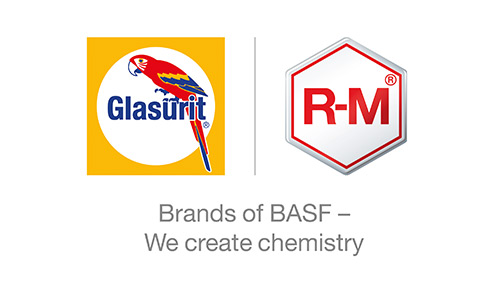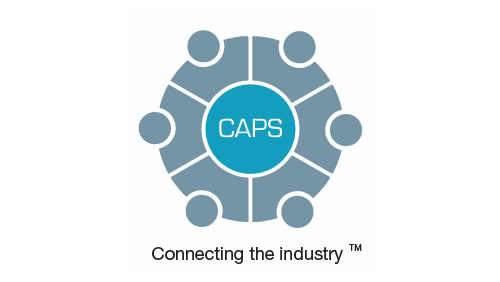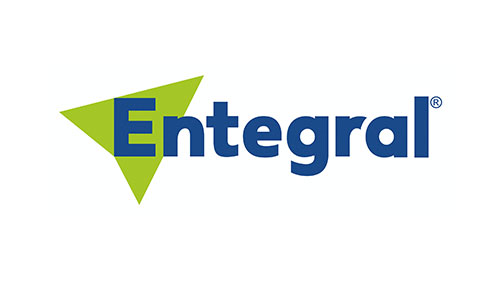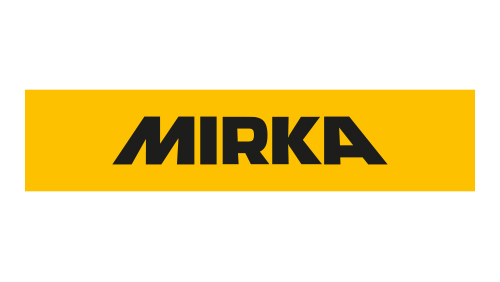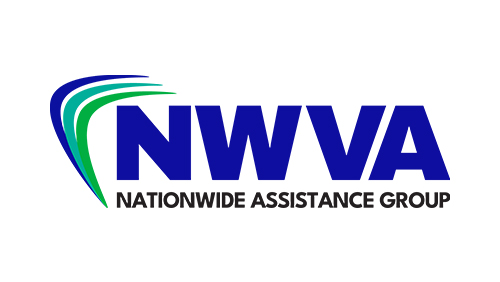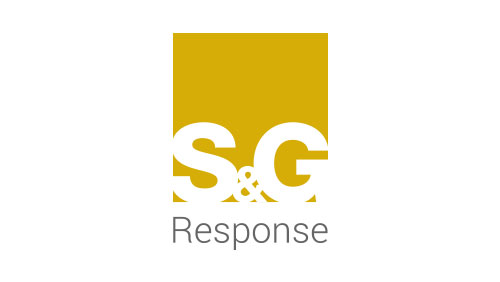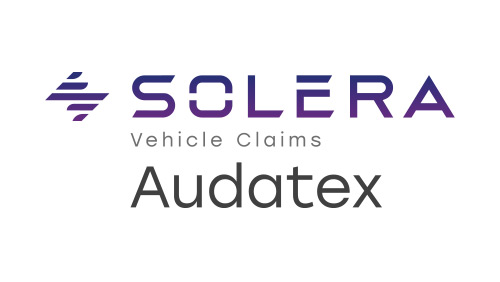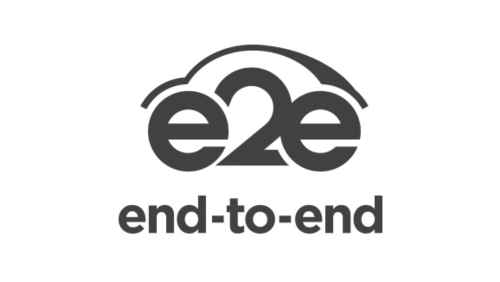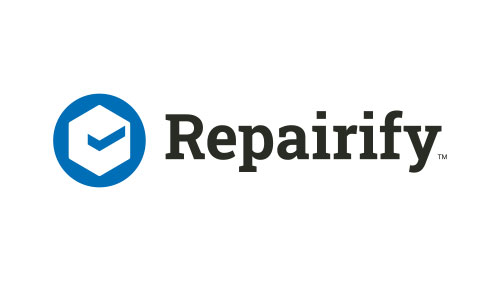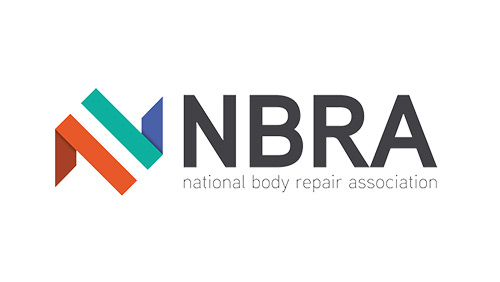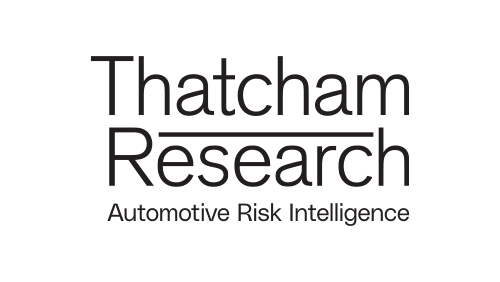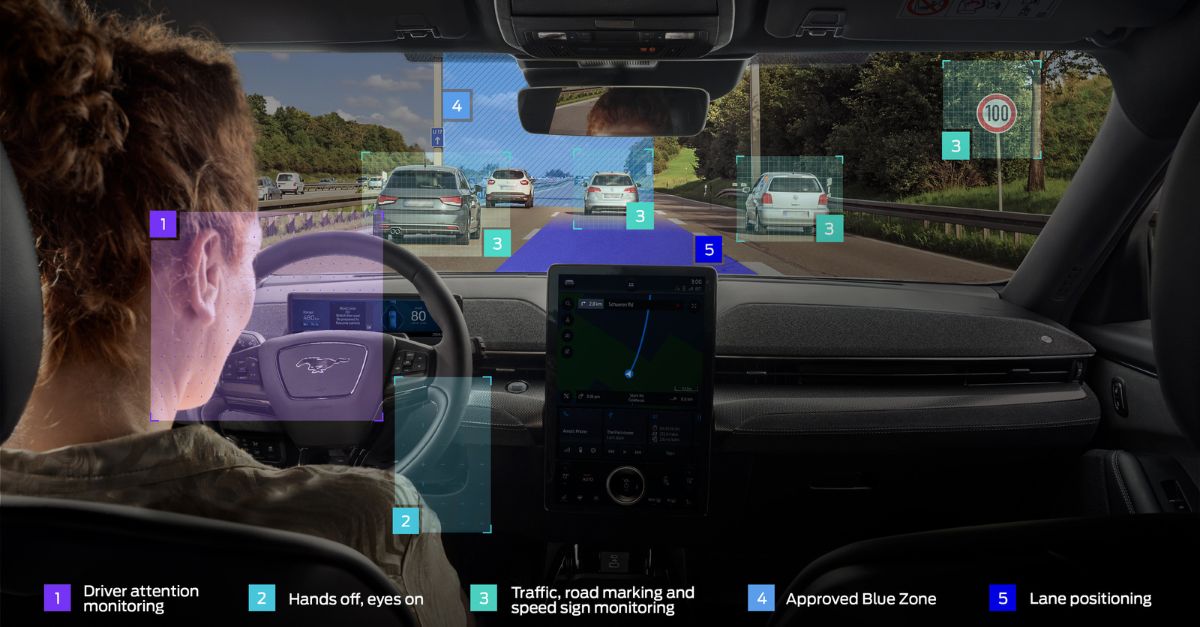There are still too many points of friction in the UK motor repair supply chain, with a lack of transparency and, often, an unwillingness to change.
In this contributed article, Michael Golding, LV Network Manager, explains how mutual respect and trust is key not just to developing successful supply chain partnerships, but to achieving better customer outcomes.
“The importance of the motor claims supply chain plays an essential part in the insurance claims journey, and is integral to a successful customer experience. Within the vehicle body repair market, suppliers play a fundamental role on delivering a desirable outcome to the service of the customer and ultimately the success of their own business.
The current demands and pressures on the supply chain have never been greater as a result of factors that, if not careful, can have an adverse effect on how they operate and build for a successful future. Adapting to a more resourceful approach to achieve current and future success will require a more versatile understanding, including working with your supply chain partners to maximise the opportunities and transition of improved changes. This can help differentiate themselves in a competitive market.
From personal experience within the UK motor repair industry, I have learnt to understand and value the importance of collaboration and engagement with our network of repairers. Understanding what each other needs to operate a more effective, efficient and profitable business is key to a successful future partnership. This can only be achieved by regular communication between all parties to ensure effective support is consistently achieved. Equally, all staff on both sides who are carrying out the day-to-day operations must have a well-founded mutual respect for each other, with a combined aim and purpose to achieve the best customer outcome. That combined focus and support for each other creates a balanced respect that is imperative to a successful supply chain.
Traditionally and historically, the UK motor repair industry can experience friction and disengagement within the supply chain, which often leads to mistrust and ultimately resentment within the relationship. This, more often than not, has a negative customer impact that is damaging to all parties. This is often associated with the fact the standard operating model has been rarely questioned or and there has been no desire to radically change. This doesn’t need to be the case, and again from personal experience, it’s surprising what can be achieved if a more transparent, respectful approach is adopted with a willingness to change to gain equal benefits in the relationship.
The supply chain is also essential for ensuring that businesses in the UK vehicle body repair market operate ethically and sustainably. By working with partners that meet ethical and environmental standards, businesses can demonstrate their commitment to sustainability and social responsibility. This is becoming increasingly important to customers, who are increasingly aware of the impact of their purchasing decisions on the environment and society.
In conclusion, without a reliable and efficient supply chain, businesses in this industry would struggle to meet customers’ current demands and remain successful and profitable for the future. Working closely to build strong relationship within the supply chain will support that long-term success.”




